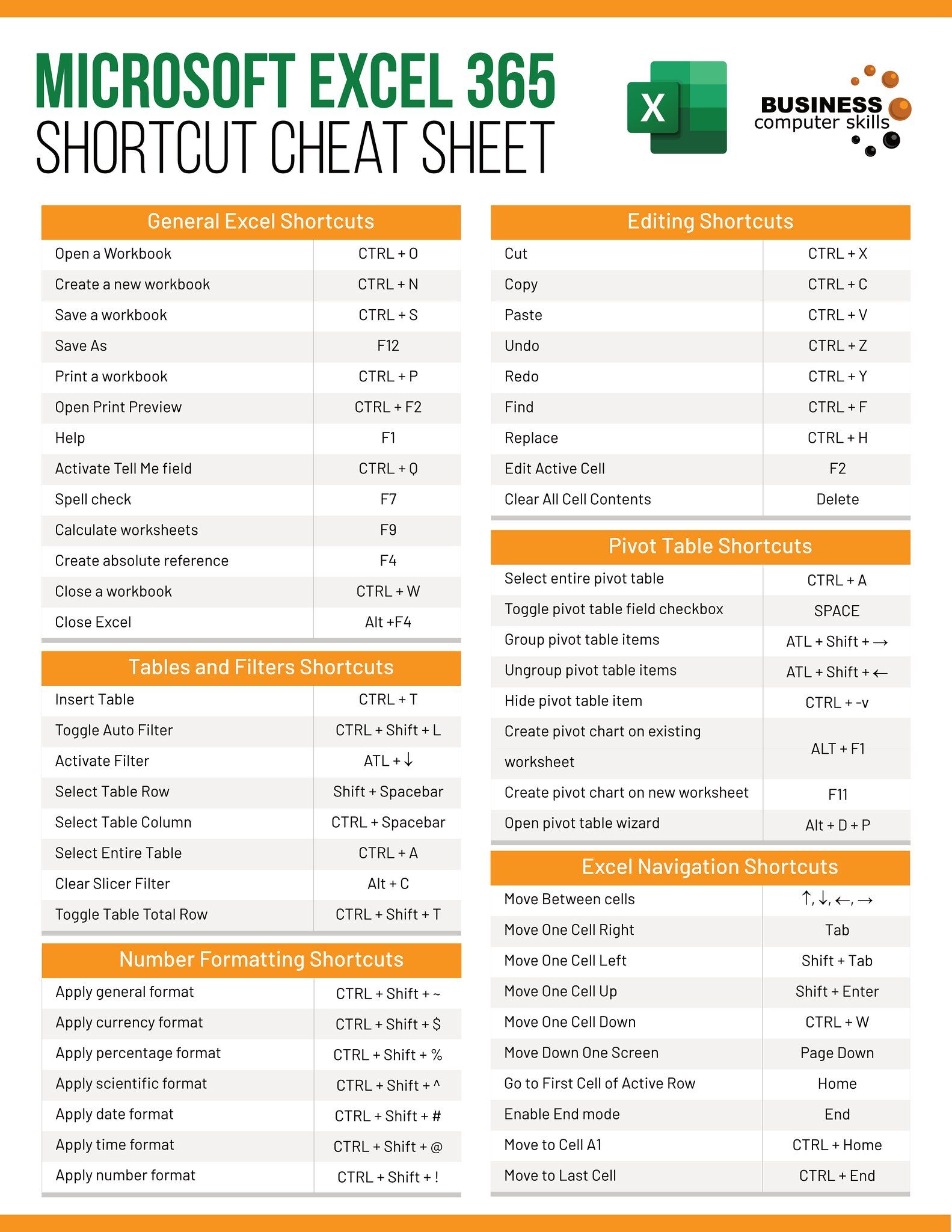Print Excel Sheets Easily: Quick Guide

Mastering the art of printing in Microsoft Excel is crucial for many users, whether you're compiling financial reports, managing large datasets, or sharing information with colleagues. While Excel offers a plethora of features, knowing how to efficiently print Excel sheets can save time and ensure your data is presented professionally. Here's a quick guide to help you navigate through Excel's print settings and get your documents looking just right.
Why Printing in Excel Matters

Before delving into the technical steps, let’s understand why correct printing in Excel is vital:
- Professional presentation: Accurate printing ensures reports look polished and professional.
- Communication clarity: Proper formatting helps in clearly conveying information to the reader.
- Archival purposes: Printed documents can serve as a physical backup or be used for archival purposes.
Steps for Efficient Excel Printing

Now, let’s explore the steps to efficiently print Excel sheets:
1. Review Your Data

 Before printing, ensure all necessary data is visible and formatted correctly.
Check for:
Before printing, ensure all necessary data is visible and formatted correctly.
Check for:
- Correct cell alignment
- Proper column widths
- Consistent font styles and sizes
📢 Note: Always review your data for accuracy before initiating the print process to avoid wastage of resources.
2. Access Print Settings

Navigate to the ‘File’ tab on the Ribbon and select ‘Print’. Here, you can see a preview of how your document will look when printed. Adjustments can be made directly in this view:
3. Page Layout Options

Click on the ‘Page Layout’ tab to modify:
- Margins: Set to ensure readability.
- Orientation: Choose between Portrait or Landscape.
- Paper size: Adjust according to your printer’s capabilities.
- Scale: Resize the spreadsheet to fit on one page if needed.
4. Print Area Selection

If you don’t want to print the entire worksheet, define a print area:
- Select the cells or range you want to print.
- Go to ‘Page Layout’ > ‘Print Area’ > ‘Set Print Area’.
🔍 Note: Remember to reset the print area if you print the whole sheet later.
5. Headers and Footers

Add custom headers and footers for better document identification:
- Navigate to ‘Insert’ > ‘Header & Footer’.
- Add page numbers, company logos, or file names to enhance document professionalism.
6. Printer Settings

Adjust printer-specific settings:
- Choose your printer in the ‘Printer’ dropdown menu.
- Set print quality, color options, and duplex printing.
7. Preview Before Printing

Use the print preview to check:
- Paginations to see where pages break.
- The look of headers, footers, and other page elements.
8. Initiate Printing

After all adjustments, click ‘Print’ to begin the printing process. If unsure, always do a test print first.
By following these steps, you can ensure that your Excel sheets are printed efficiently and professionally. Understanding and utilizing Excel's print features not only streamlines the printing process but also enhances the readability and presentation of your data.
Frequently Asked Questions

How can I print only specific rows and columns in Excel?

+
Select the cells or range you wish to print. Go to ‘Page Layout’ > ‘Print Area’ > ‘Set Print Area’ to define the area you want to print. This can be easily reset when you need to print the entire worksheet again.
Can I change the header and footer on each page separately?

+
Yes, Excel allows different headers and footers for odd and even pages or for the first page. Use the ‘Different Odd & Even Pages’ or ‘Different First Page’ options under the Header & Footer design tab.
What should I do if my printer doesn’t print in color?
+Check your printer settings within Excel to ensure you’ve selected a color printer. If you’re still facing issues, your printer might be out of ink or toner, or set to black and white mode by default.
In conclusion, printing Excel sheets efficiently involves understanding Excel’s printing capabilities, customizing settings to fit your data, and ensuring a professional output. By reviewing your data, adjusting print settings, and using features like print areas, headers, and footers, you can create high-quality printed documents that convey information clearly and effectively. Remember to always preview your print job to avoid mistakes, thereby saving both time and resources. Printing in Excel, when done right, becomes more than just a routine task; it becomes a powerful tool in data communication and presentation.



